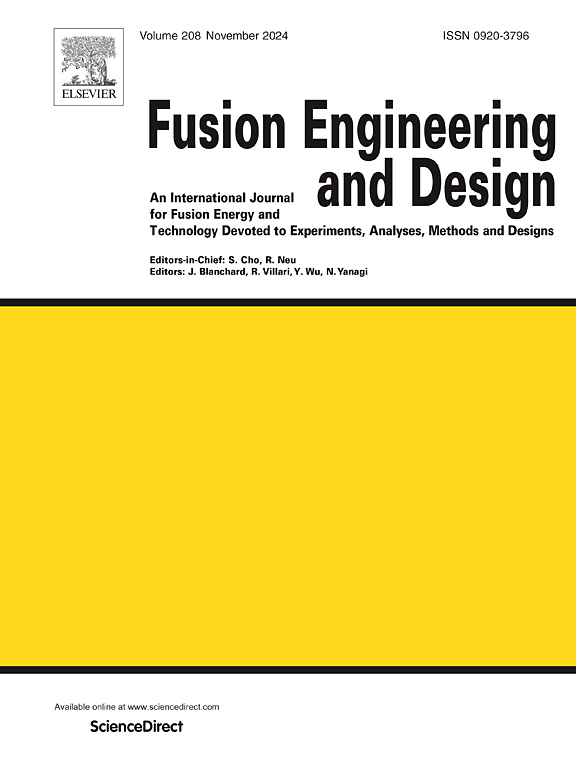In the solid breeder of deuterium-tritium (D-T) fusion reactor, tritium breeding stems from the reaction between Li atoms and neutrons. Due to the D-T fusion reactor has not been built yet, the accelerator-type fusion neutron source could be applied to tritium production experiments. The tritium yield is currently observed to be at a limited level. For measuring low-concentration tritium, the common method is to collect the tritium released from the breeder by the bubblers and then measure it with the liquid scintillator counter (LSC). Therefore, the selection of bubblers is crucial for effective tritium collection and accurate results of tritium release behavior. To maximize tritium collection, this study initially investigated the performance of different liquid volumes in bubblers utilizing standard tritiated water (HTO) and subsequently validated these selections through experiments involving tritium release of Li2TiO3 breeders irradiated by the accelerator-type fusion neutron source. The results demonstrated that the bubbler of total volume 60 ml filled with 20 ml liquid exhibited excellent tritium collection efficiency and repeatability, with the saturation coefficient close to 1. The selected bubbling system with catalytic oxidation was used to identify the different forms of tritium release from the tritium breeder irradiated by fusion neutrons. Neutronic simulation results further confirmed that the selected bubbling system had nearly 100 % collection efficiency. The simulated total amount of tritium released was consistent with the measured value of the bubbling system and LSC. These findings provide technical support for the study on the tritium release behavior of solid breeders irradiated by fusion neutrons.


